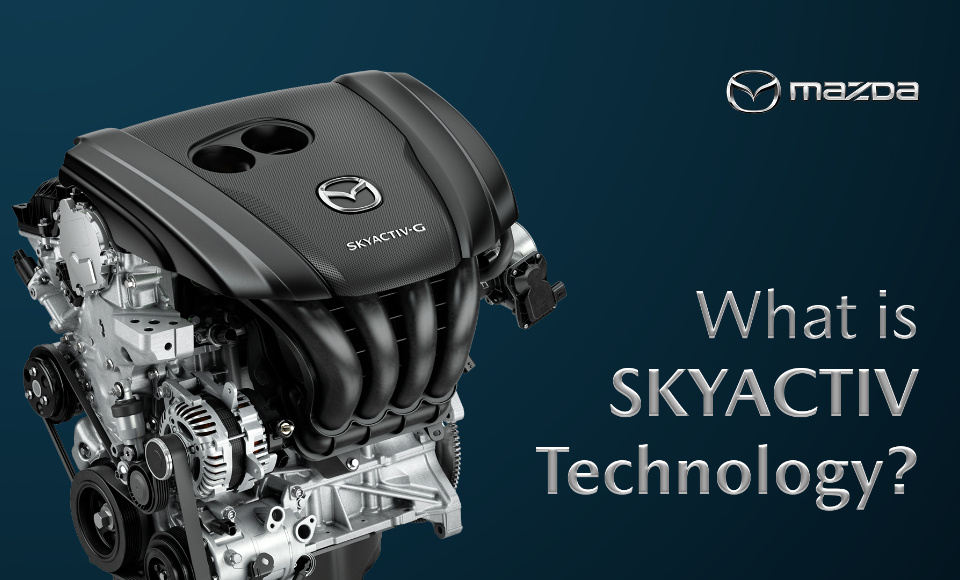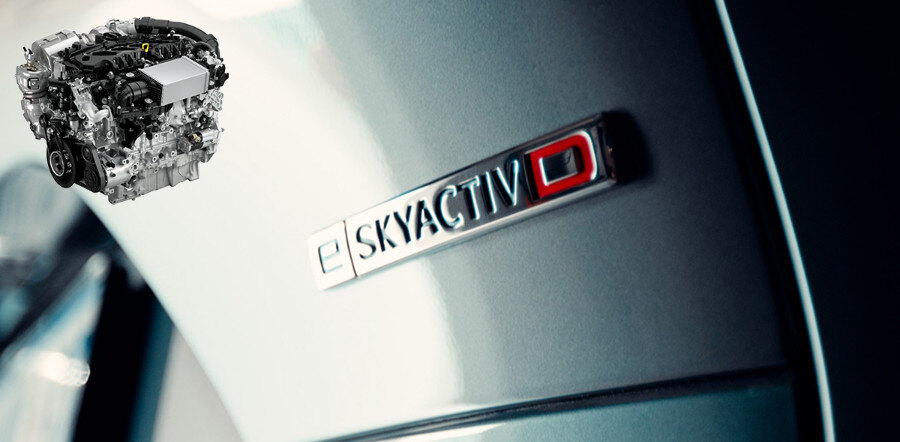
Mazda News & Events | The Story of SKYACTIV Technology: Innovation Meets Efficiency
by Admin |
Mazda's journey towards innovation and efficiency took a significant leap with the development of SKYACTIV Technology. This revolutionary approach was born out of the desire to enhance automotive efficiency without compromising on performance. Let’s explore how SKYACTIV Technology came to be, its different facets, and why it’s perfectly suited for the South African market.
The Genesis of SKYACTIV Technology
SKYACTIV Technology emerged from Mazda's commitment to environmental stewardship and driving pleasure. Developed in the early 2010s, it revolutionized every aspect of the vehicle, from engine and transmission to body and chassis. Mazda engineers rethought traditional designs to meet global fuel efficiency and emission standards while ensuring cars remained fun to drive.
The Facets of SKYACTIV Technology
SKYACTIV-G: Mazda's petrol engine with a high compression ratio, enhancing fuel efficiency and output.

Each variant aims to improve fuel economy and reduce emissions while enhancing the driving experience.
SKYACTIV Technology in South Africa
South Africa's diverse landscapes and driving conditions are ideal for SKYACTIV Technology. Its adaptability to high altitudes and varying fuel quality makes it particularly suitable. SKYACTIV engines offer efficiency and performance that align well with the region's needs. The introduction of e-SKYACTIV D demonstrates Mazda's commitment to environmentally friendly vehicles without compromising power.
Advantages of SKYACTIV Technology
- Enhanced Fuel Efficiency: SKYACTIV engines boast high compression ratios for efficient fuel consumption.
- Improved Performance: High compression ratios in SKYACTIV-G engines lead to increased power and faster acceleration. The lightweight SKYACTIV-Body and Chassis enhance handling and agility.
- Reduced Environmental Impact: Advanced engines produce fewer emissions, helping to reduce air pollution and carbon footprints.
SKYACTIV vs. Turbo: The Value Proposition
Unlike turbocharged engines that focus on power through forced air, SKYACTIV Technology optimizes natural aspiration with high compression engines. This results in cleaner, more powerful combustion, improving overall efficiency and fuel economy. SKYACTIV engines often achieve better performance and emissions levels compared to turbocharged counterparts, making them more cost-effective and reliable in the long run.
Conclusion
Mazda's SKYACTIV Technology is a testament to innovation, combining driving pleasure with environmental responsibility. In South Africa, SKYACTIV-equipped models like the SKYACTIV-G, and e-SKYACTIV D offer a unique blend of performance, efficiency, and sustainability. As the world moves towards eco-consciousness, SKYACTIV Technology proves that it's possible to enjoy the drive while caring for the planet.







